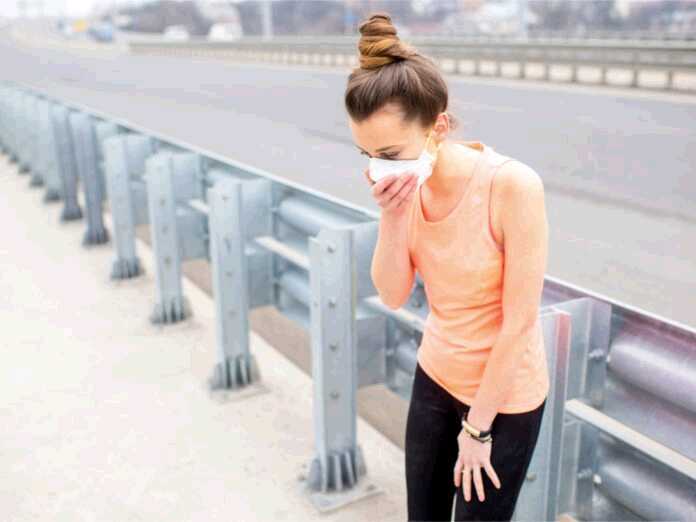
Jogging and walking are very popular exercise choices for a reason. They’re free, they’re safe, and they’re good for you. They can even be fun, when you can find someone to join you. But unfortunately, polluted air can cause problems for you. This article will offer some advice about doing outdoor exercise despite air pollution.
The Danger of Air Pollution
Bad air quality can cause serious respiratory issues, and this is a prevalent problem for people who live in cities. It can also give you headaches, make you nauseous, and damage your heart. Your chances of lung cancer go up if you spend a lot of time exposed to polluted air.
People with asthma might have to do all their exercise indoors. Fortunately, they can find indoor versions of most outdoor exercises – for example, a treadmill or a stationary bike can work.
But if you don’t have any long-term respiratory issues, you’ve got more options. You probably won’t have to give up on cycling, walking or jogging completely.
Tips for Doing Outdoor Exercise despite Air Pollution
- Watch the Weather Forecast. You will get information about air pollution levels from your local weather forecast. Keep in mind that hot, dry weather makes air pollution worse.
- Discover the Best Routes and Locations. Stay away from roads and industrial zones whenever possible. You should also stick to parks whenever you can. The more fresh air you get, the more effective your workout will be.
- Find the Best Time to Work Out. If you can, try to avoid rush hours. Air pollution is typically highest around noon.
Conclusion
You can usually find safe ways to do outdoor exercise despite air pollution. If none of this advice works for you, you can save your jogging and cycling plans for when you go on holiday, and work out in a gym during the rest of the year.































